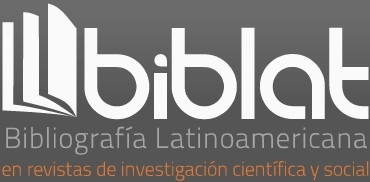Phoric Vectors and Tensive Dimensions in the Huarochirí Manuscript
DOI:
https://doi.org/10.35494/topsem.2008.2.20.136Abstract
Taking on the mythical as an intense energy of sense, or rather, as a phenomenon that is eminently phoric, this essay uses the Huarochirí Manuscript, which is perhaps the most important document concerning Andean religion, in order to analyze the effectiveness of the forces that move the discourse. It thus detects, in the instance of enunciation, a tension between two points of view that express themselves in the coexistence of two phoric vectors. It is thus the case that the narrator combines two times: one, before the extirpation process of idolatries, which reveals taking a potential position: the Indians receive the vital force transmitted by the Andean gods (or Huacas). Another is wrapped in a process of extirpation, included also in that of evangelization, and more than anything reveals taking an actual position: the Indians are confounded by the devil; how can the Huacas, who are transmitters of life, be converted into the devil that confounds? The essay does not answer the question but rather limits itself to an analysis of that coexistence, understanding it as an unresolved confrontation of semiospheres (and forms of life). Then, it gives an account of the confluence of these “molar figures” in the myth of Cuniraya Huiracocha, which gives the opportunity to develop an exegesis of the “incarnation” of the corresponding foremes and their tensive dimensions.
Downloads
Downloads
Published
How to Cite
Issue
Section
License

Tópicos del Seminario is licensed under a Creative Commons Reconocimiento-NoComercial-CompartirIgual 4.0 Internacional License.














